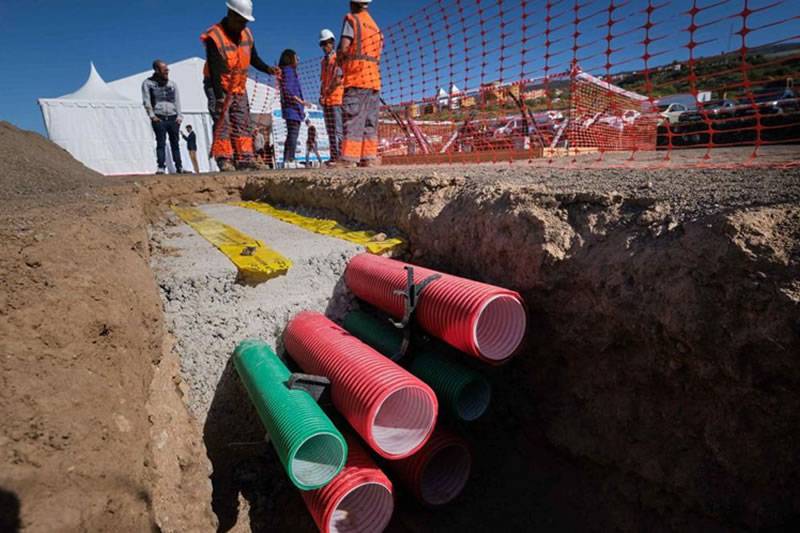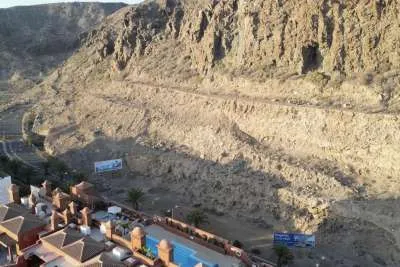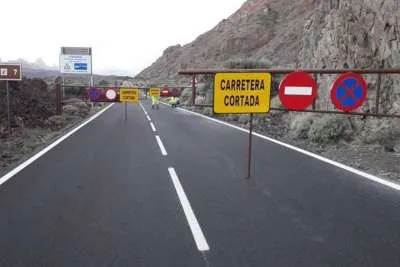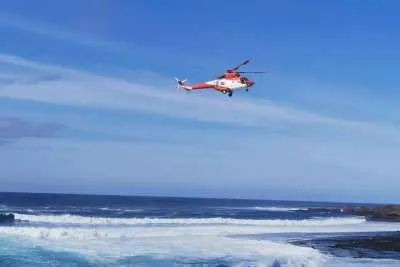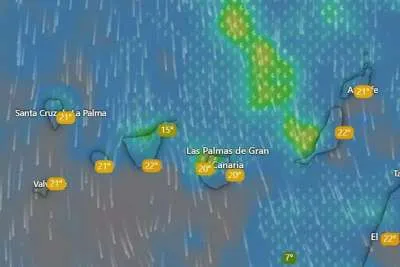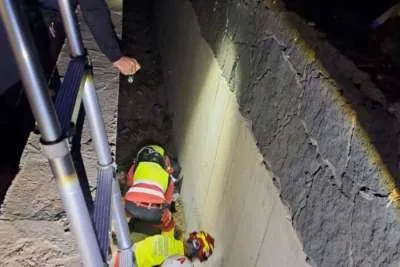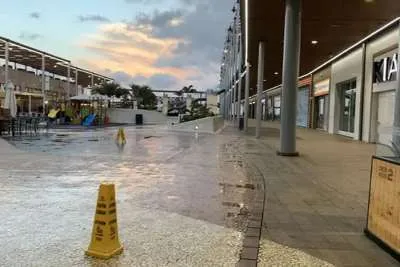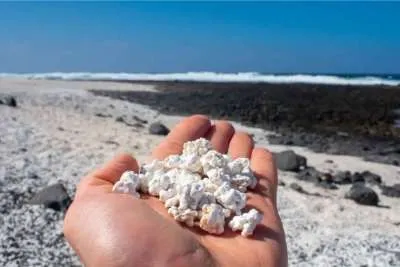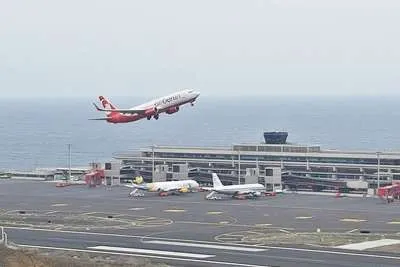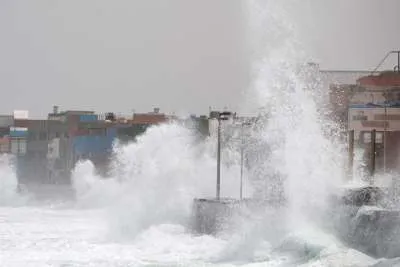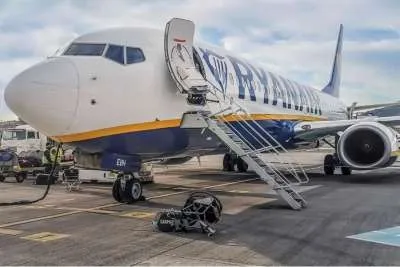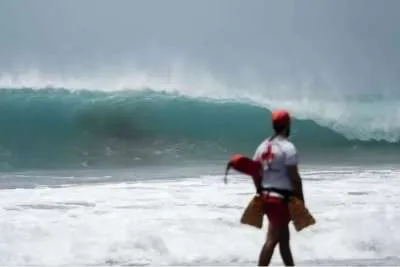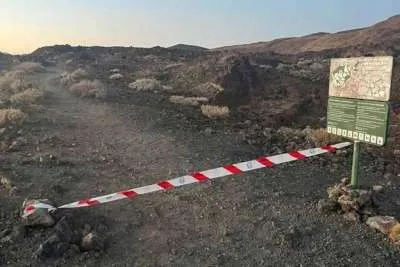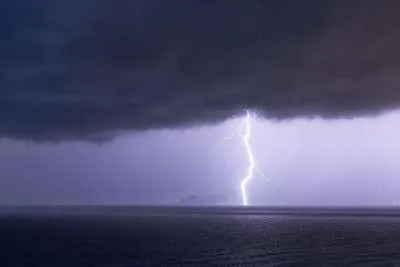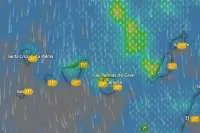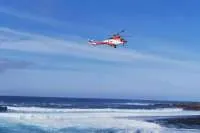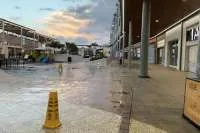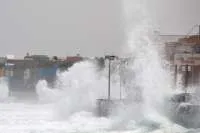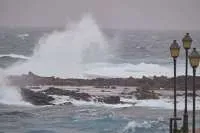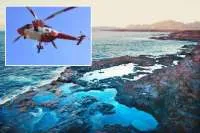Tenerife to strengthen Telecoms Network following mainland outage scare
- 01-05-2025
- Business
- Canarian Weekly
- Photo Credit: El Dia
Tenerife is taking steps to reinforce its telecommunications infrastructure after growing concerns that a power outage on the Spanish mainland earlier this week could have left the Canary Islands dangerously exposed.
Rosa Dávila, President of the Tenerife Cabildo, has announced plans to meet urgently with major telecommunications providers to discuss the creation of local connection nodes across the archipelago. The move is aimed at preventing service disruptions that could affect emergency response capabilities, after a three-hour mainland blackout on Monday caused widespread alarm.
The outage, while short-lived, highlighted a critical vulnerability: the islands' heavy reliance on telecoms centres based in mainland Spain. Although the situation has now stabilised and Tenerife’s Insular Emergency Plan (PEIN) has been stood down, the scare prompted the temporary activation of the Territorial Civil Protection Plan (Plateca), a clear signal of how seriously the authorities are treating the matter.
Despite the presence of Canalink, the undersea cable that links Tenerife with Europe and Africa, Dávila stressed that the island must become more self-reliant. “We cannot afford to be so dependent on infrastructure located hundreds of miles away,” she said.
Her concerns were echoed by Juan José Martínez, the island’s Councillor for Innovation, who pointed out that even local calls currently route through the mainland before returning to the Canary Islands. “It’s an unnecessary delay and a risk we no longer need to take,” he said.
Martínez is calling for the installation of a connection centre for each telecoms operator within the islands themselves. This would ensure that even if connections to the mainland were lost, internal communications across the Canary Islands would remain intact.
He explained that while the undersea cables remained operational during the recent outage, the failure of power supplies in the mainland had knock-on effects, demonstrating the urgent need for local resilience.
The proposed solution already has a potential home: the DALIX data centre at the Technological and Renewable Energy Institute (ITER) in Tenerife. Designed by the Cabildo, it is equipped to host multiple telecom nodes. Martínez said that while ITER is a strong candidate, other locations could be considered depending on the needs of the providers.
Importantly, the initiative is not expected to cause significant financial outlays for telecom companies. On the contrary, reducing dependency on undersea routing could lead to cost savings over time. More critically, it would grant the islands greater control over their own communications infrastructure, something Martínez described as “essential for a region that values security, innovation, and autonomy.”
With additional undersea cable projects in development, including new links to Africa, Tenerife’s leaders are positioning the island as a future hub for robust, independent communications.
“In the modern world, where everything depends on reliable voice and data, this isn’t just an upgrade, it’s a necessity,” Dávila said.
Other articles that may interest you...
Trending
Most Read Articles
Featured Videos
A Vision of Elvis Tenerife Promo
- 10-05-2025
TEAs 2025 Highlights
- 17-11-2025


